
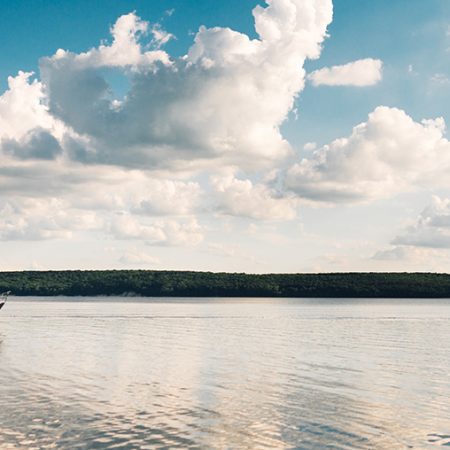


Etymologia nazwy Mazury jest dosyć zaskakująca. Otóż rzeczownik „mazur” pochodzi od przedrostka „maz-” („smolić” – pierwotnie słowo „maź” oznaczało smołę), oraz przyrostka „-ur”. Słowo „mazur” było określeniem stosowanym wobec smolarzy zamieszkujących tereny leśne w regionie i to właśnie od nich wzięła się nazwa krainy.
Nazwę Warmia początkowo stosowano tylko wobec terenów położonych nad Zalewem Wiślanym, zamieszkałych przez pruskie plemię Warmów. Pochodzenie nazwy nie jest pewne. Zwykle wywodzi się ją od pruskiego słowa „wormyan” oznaczającego kolor czerwony i spokrewnionego ze słowem „czerw, robak”. Nazwa Warmia znaczy więc najprawdopodobniej „czerwona kraina”.
Fot. Muzeum Budownictwa Ludowego – Park Etnograficzny w Olsztynku. Szkoła ze wsi Pawłowo.
Wyznaczenie obecnej granicy pomiędzy Warmią i Mazurami sprawia trudność nawet mieszkańcom regionu, choć przez setki lat była ona granicą pomiędzy dwoma państwami. Historyczny obszar Warmii najprościej jest wyznaczyć, odnosząc się do innych historycznych krain, którymi była ona otoczona, czyli Prus Górnych od zachodu (większość granicy stanowi rzeka Pasłęka), Mazur od południa i wschodu oraz Prus Dolnych od północy. Miasta leżące na Warmii to: Braniewo, Frombork, Orneta, Pieniężno, Lidzbark Warmiński, Dobre Miasto, Barczewo, Jeziorany, Bisztynek, Biskupiec, Reszel oraz stolica województwa – Olsztyn.
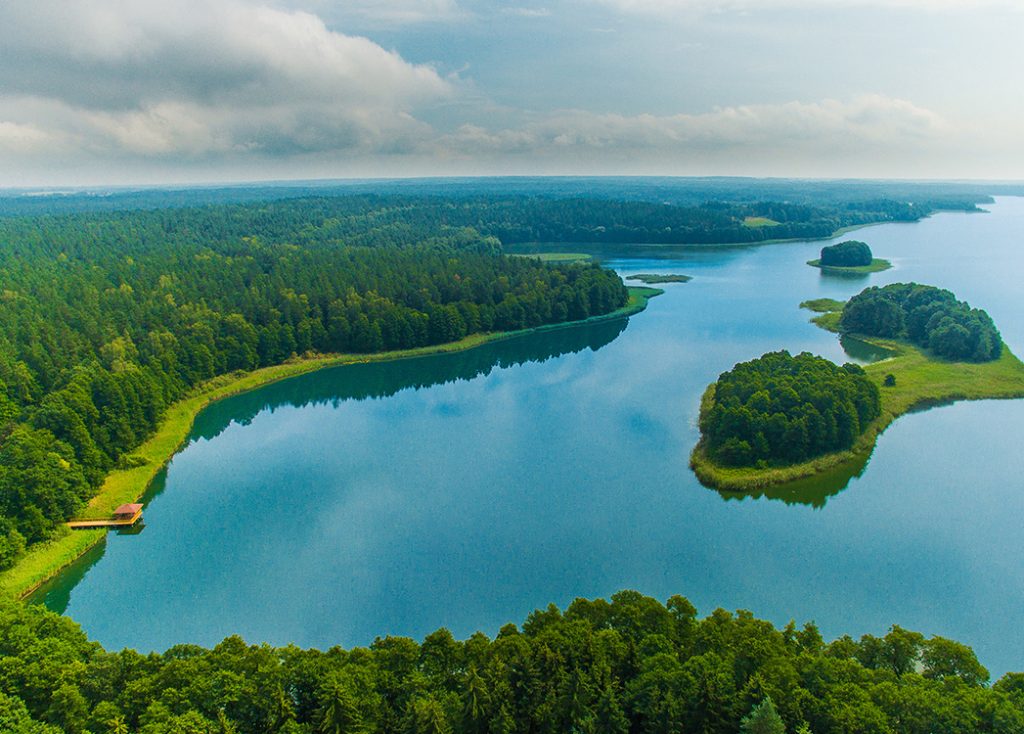
Tysiąc jezior to jednak spore niedopowiedzenie. Na samych Mazurach można doliczyć się bowiem około 2600 jezior. Jeśli dodamy do tego jeziora na Warmii i na pozostałych terenach wchodzących w skład województwa warmińsko-mazurskiego, okaże się, że jezior jest blisko 3000! W regionie leży największe jezioro w Polsce, Śniardwy, o powierzchni aż 113,8 km kw. Znajdziemy tu również najdłuższe jezioro w kraju, czyli Jeziorak, którego długość wynosi 27,45 km.
Okazuje się, że można. W najbardziej wysuniętym na północny wschód punkcie regionu zbiegają się granice trzech państw: Polski, Litwy i Rosji, a dodatkowo także granice województw warmińsko-mazurskiego i podlaskiego.
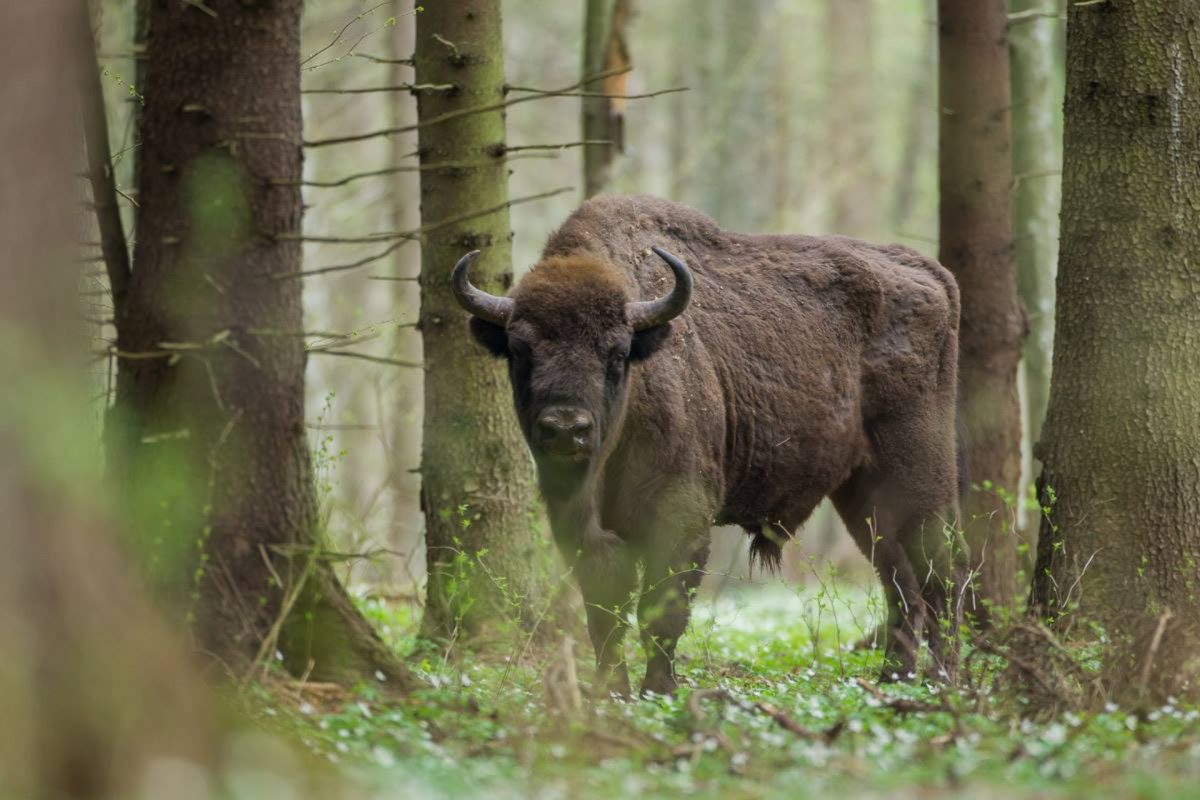
Na terenie Puszczy Boreckiej na Mazurach działa Zagroda pokazowa żubrów w Wolisku. Początkowo zwierzęta żyły w zagrodach, dopiero kiedy uciekły do lasu, zdecydowano, że powinny przebywać na wolności, w swoim naturalnym środowisku. W takich warunkach można je teraz oglądać z platform widokowych dostępnych na terenie ośrodka. Drugim miejscem w regionie, w którym żubry żyją na wolności, jest (od 2021 r.) Puszcza Romincka. Natomiast na Półwyspie Popielińskim w warunkach naturalnych żyją cztery tabuny koników polskich.
Można, i wcale nie trzeba cofać się w czasie. W regionie zachowało się wiele gotyckich zamków, budowanych zarówno przez zakon krzyżacki, jak i przez biskupów i kapituły katedralne. Obecnie w większości z warowni działają muzea i inne placówki kulturalne. Ale są i takie, które w całości lub częściowo udostępniają swe komnaty turystom. Zatrzymać się na noc możemy w zamkach w: Rynie, Lidzbarku Warmińskim (przedzamcze), Nidzicy, Reszlu, Giżycku. Część dawnych budowli jest w dużym stopniu oryginalna, ale większość została odbudowana lub odremontowana. Kilka warowni w regionie leży na Szlaku Zamków Gotyckich, biegnącym również przez województwa pomorskie i kujawsko-pomorskie.
To wybitny astronom Mikołaj Kopernik, który na Warmii żył i pracował przez blisko 40 lat. Aby podążyć jego śladami, warto wybrać się na wyprawę Szlakiem Kopernikowskim. Drogowa wersja szlaku liczy blisko 300 km i prowadzi przez miejscowości związane z życiem i działalnością wielkiego uczonego. Szlak został oznakowany symbolem astrolabium.
Wschodni Szlak Rowerowy Green Velo to najdłuższa i jedna z najbardziej malowniczych tras rowerowych w Polsce. Warmińsko-mazurski odcinek szlaku liczy 397 km i można nim podróżować od miasta do miasta, zwiedzając po drodze ciekawe i bogate w atrakcje tereny obu krain.
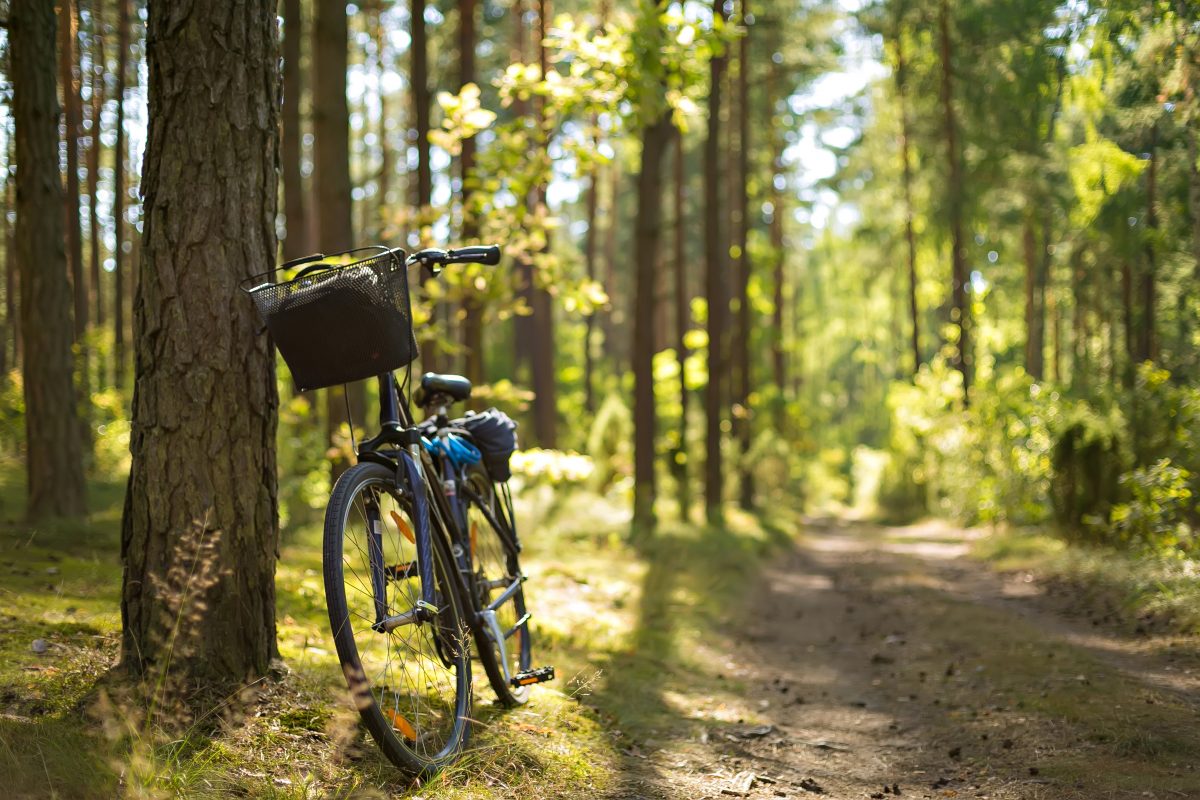
Region pełen jest rozsianych po lasach fortyfikacji i linii obronnych z czasów II wojny światowej. Aby zobaczyć pozostałości tajnej kwatery wojennej wodza III Rzeszy o nazwie Wilczy Szaniec, trzeba wybrać się do Gierłoży koło Kętrzyna. Z kolei w Mamerkach niedaleko Węgorzewa można zwiedzać dobrze zachowane, potężne schrony, których ściany mają grubość nawet 7 m. A to nie koniec, bo pozostałości po II wojnie światowej na Warmii i Mazurach znajdziecie dużo więcej.
W ofercie zimowego wypoczynku na Warmii i Mazur nie brakuje propozycji dla miłośników narciarstwa. Czekają na nich dobrze przygotowane stoki w ośrodkach: Kurza Góra w Kurzętniku koło Nowego Miasta Lubawskiego, Piękna Góra koło Gołdapi, Okrągłe niedaleko Orzysza i Wydmin, Góra Czterech Wiatrów w Mrągowie, hotel Gołębiewski w Mikołajkach, Zielony Zakątek w Lubstynku koło Lubawy. Nie brakuje też propozycji dla amatorów narciarstwa biegowego. Zatem, gdy tylko nadejdzie zima, polecamy wyjazd na narty nie w góry, a na Warmię i Mazury!
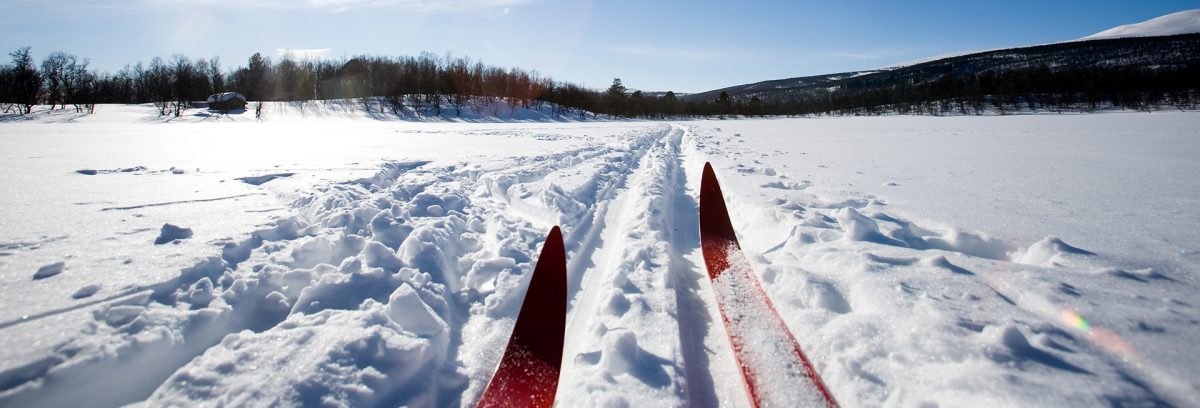
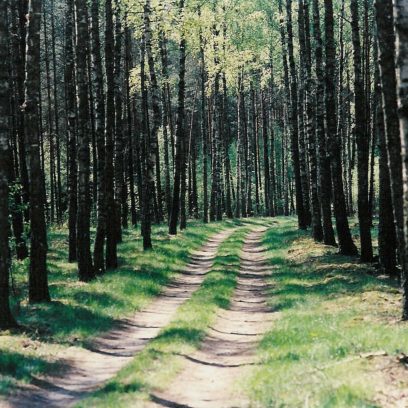
Największym bogactwem regionu jest przyroda, w tym wielkie kompleksy leśne stanowiące pozostałości po dawnych puszczach. Lasy zajmują ponad 30% powierzchni województwa. W celu ochrony najcenniejszych przyrodniczo obszarów w regionie utworzono osiem parków krajobrazowych i ponad 100 rezerwatów.
Dowiedz się więcej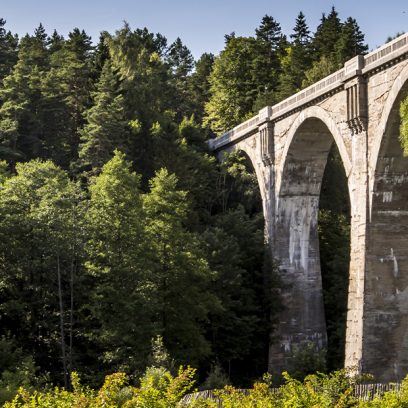
Warmia i Mazury to zaskakujący region, który kryje wiele mało uczęszczanych przez turystów miejsc, nieoczywistych atrakcji turystycznych z bogatą historią i tajemnic do rozwiązania. Daj się zaskoczyć!
Dowiedz się więcej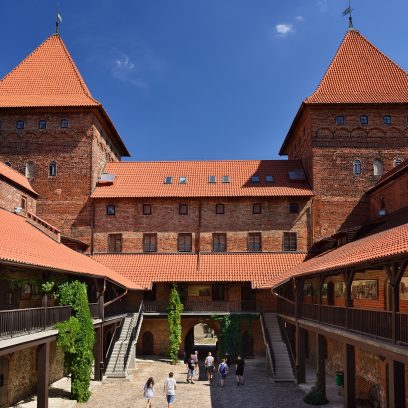
Zamki kryją wiele historii. Owiane tajemnicami, aż proszą się, by je odkrywać. Można zgłębiać ich historię, ruszając Szlakiem Zamków Gotyckich, można też nieco zboczyć ze szlaku i zwiedzić inne warownie i ich pozostałości na Warmii i Mazurach.
Dowiedz się więcej